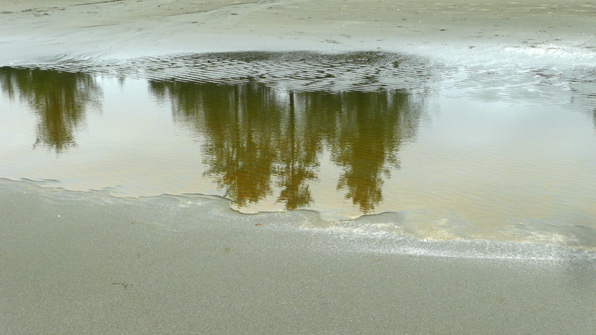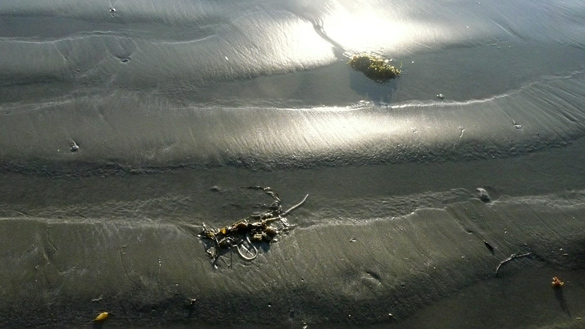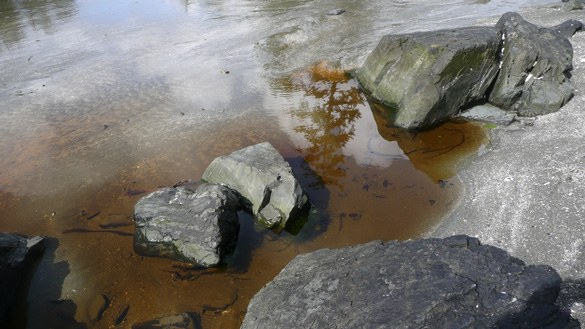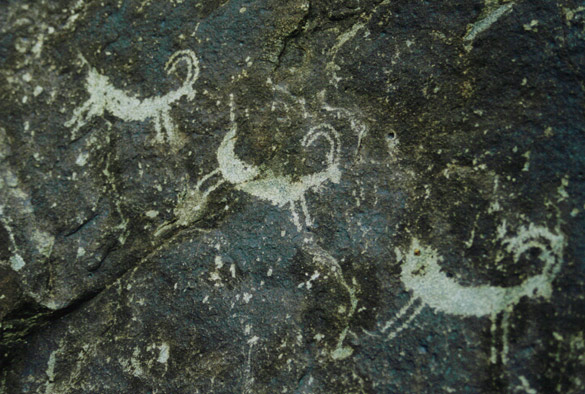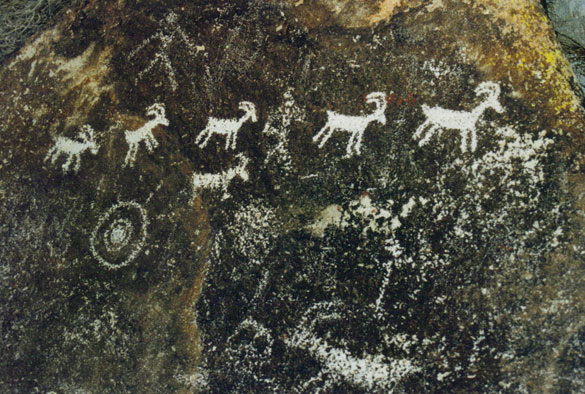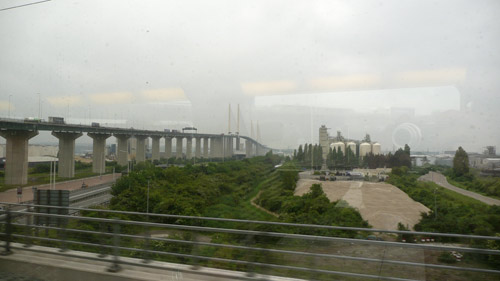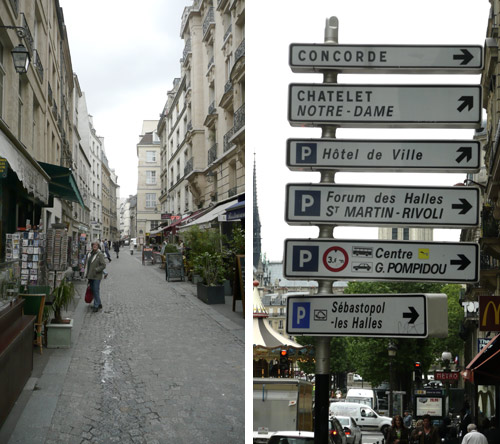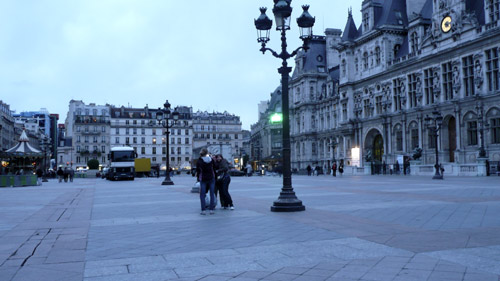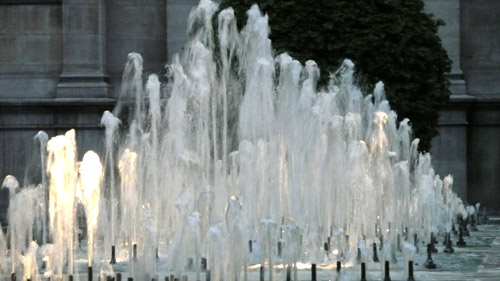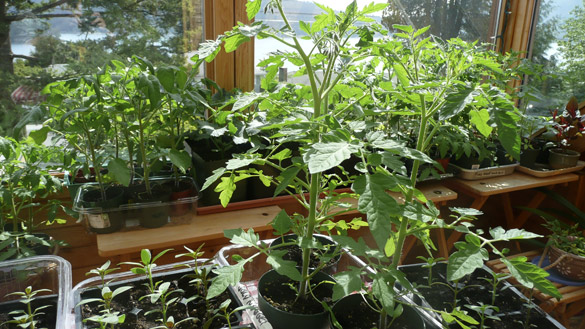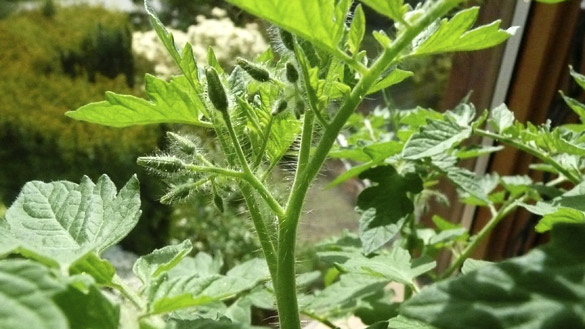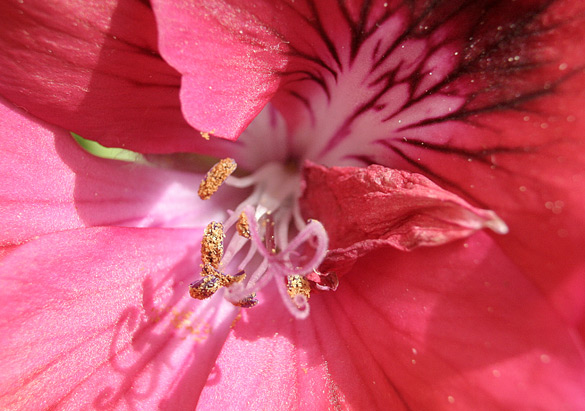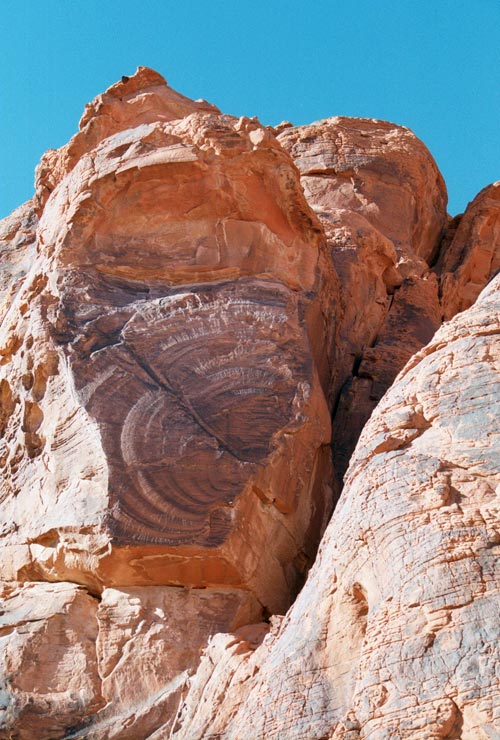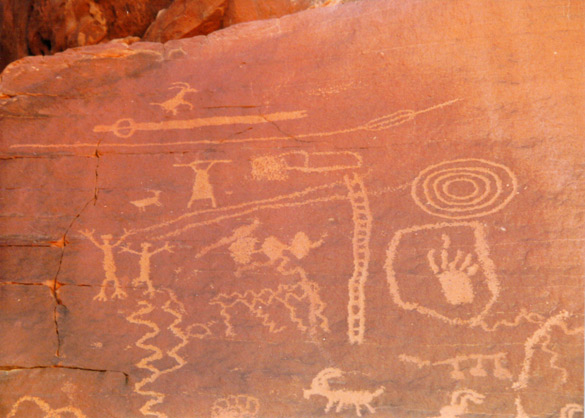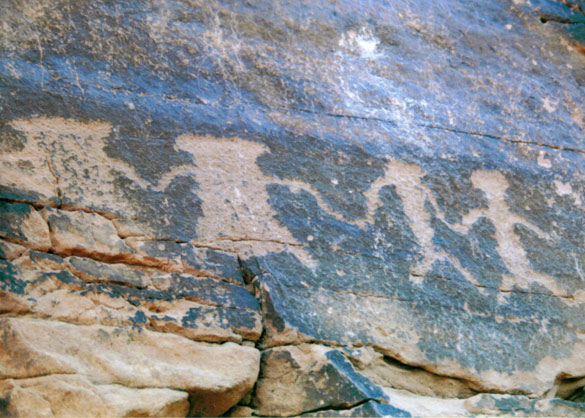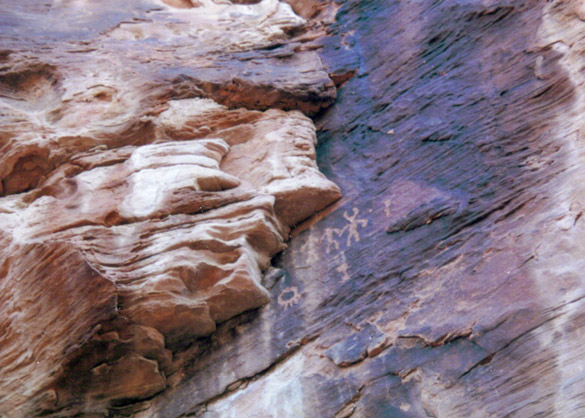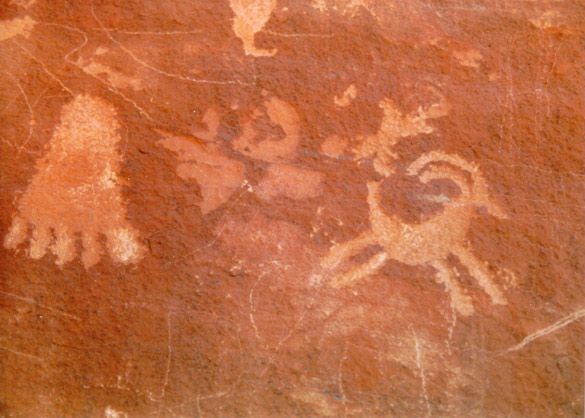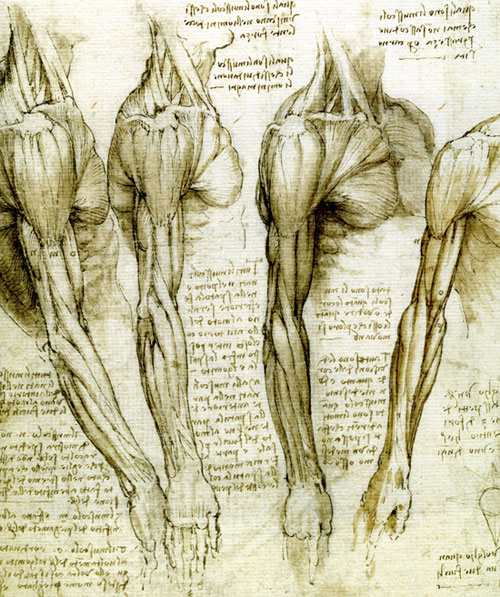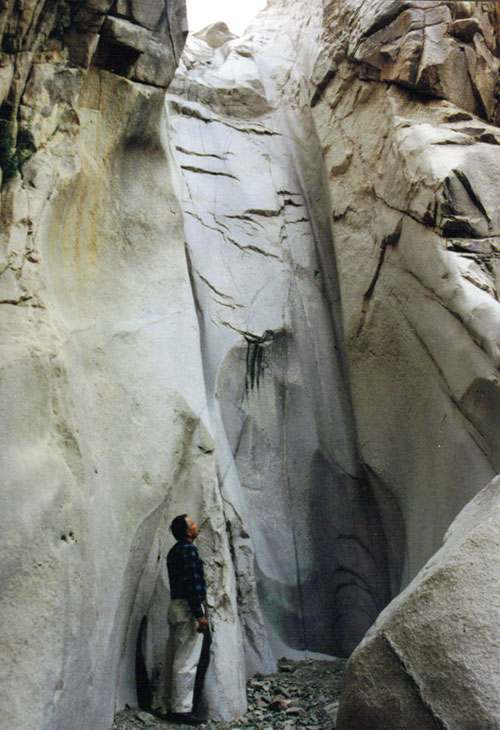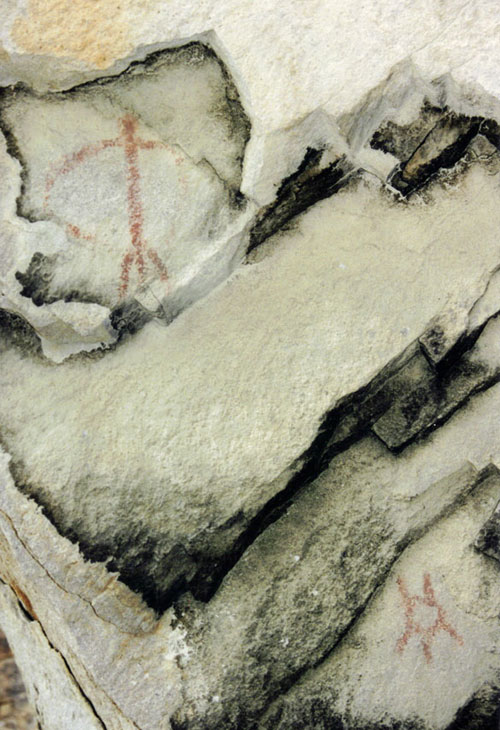west coast retreat #2
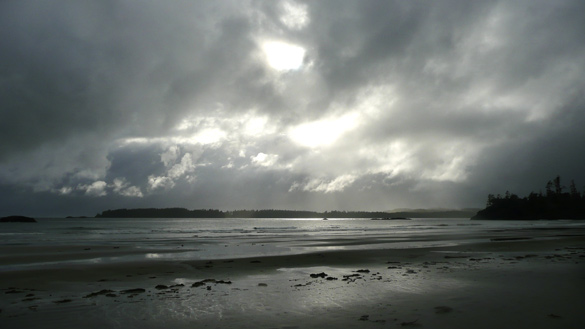
Last week we took a few days’ escape to our favourite ‘treat and retreat’ on the west coast of Vancouver Island near the Pacific Rim National Park Reserve. We always love the journey – the ferry trip there and back and the drive over the island’s mountains. Being spring this time, we particularly enjoyed all the native Pacific dogwood with their white blossoms contrasting with the dark evergreens and the fresh new lighter greens of the deciduous trees.
I recall the mind-blowing first impression on our very first visit in late October 1992, a few weeks after my father passed away. Since then it has been ‘our place’ for restoring body and spirit. I’m not sure how many times we’ve been there over the years, maybe a dozen or so and most frequently in the past few years, and always to the same rustic little cabins by the sea near Tofino. Once we took our youngest daughter, maybe about eight years old at the time during her spring break and once with our Danish friends.
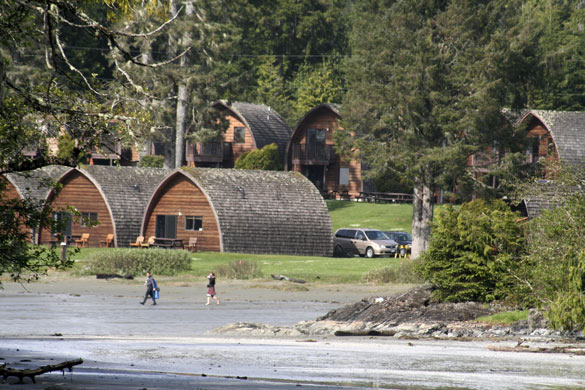
This time our dearest friends who now live in Victoria met us there and stayed with us for the first three days. They have often hosted us at their little cabin on Hornby Island, another special place for us, so we were delighted to show them some of our favourite spots. The last time they were here was in 1970 and so much has changed, though not the majestic sea and the forests.
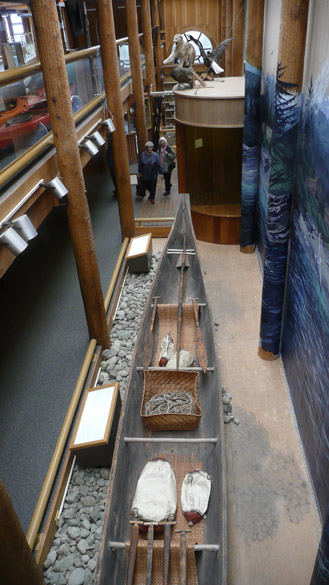
We had many walks along the many lovely sandy beaches of the area. The Wickaninnish Center on Long Beach was open (it’s usually closed in the winter when we most often visit) so we were able to enjoy the Interpretive Center which has excellent displays and films of the history of the First Nations culture of the area, then a special birthday lunch in our favourite restaurant in the same building overlooking the ocean. A tour around Tofino with some shopping at the excellent First Nations gift store, then coffee and baked treats at the local bakery-cafe was our small town fix one afternoon.
The weather was mixed and very changeable with some sunny periods, allowing us to enjoy lunch outside our cabin one day, with a cheeky seagull then a bold crow almost stealing my lunch.

One day was exceptionally windy, a delight for the many surfers in the area. We even hit a blinding sandstorm coming around a point – a first! Later that evening those powerful winds knocked out the power for several hours overnight. Thank goodness I always pack along candles and a flashlight, and more were provided by the management. Sometimes it felt like our little cabin was being pounded by something heavy and the rain thundered down loudly all night, keeping me awake. A most unusual storm for May we were told, more typical in winter but the strongest we’d experienced in our visits.
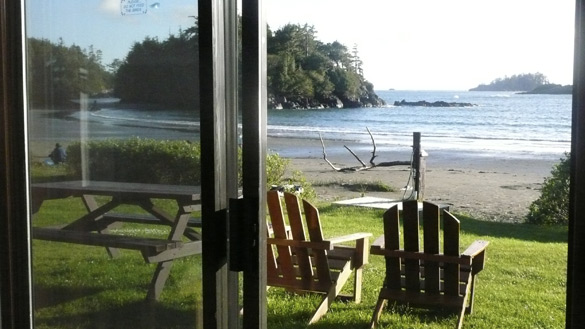
Our last day rewarded us with afternoon sunshine and a glorious sunset, something we’ve been blessed with at least once at every visit I think! We wished our friends had seen this.
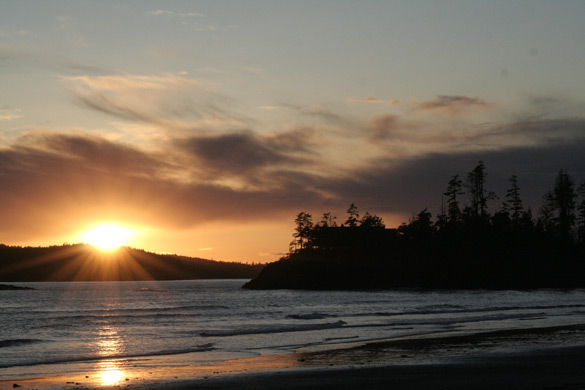
I didn’t think I took as many photos as the last time but between us we still managed to rack up almost 300, so it’s taking time to sort and delete some of them. Here are a few, some are my husband’s. I’ll likely keep sharing more from time to time, especially the detail shots that I so love to take.
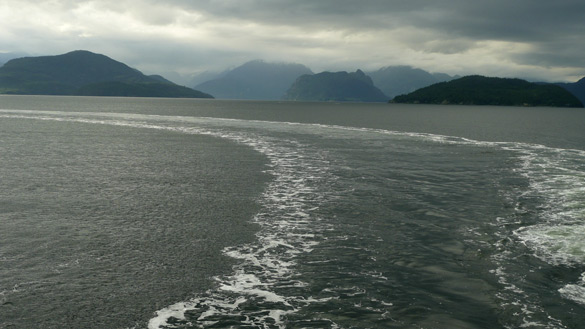
Long time readers may be familiar with some of the posts I’ve written of the earlier trips we’ve taken in the years since I started blogging: 2008, 2006, 2005 and 2004. As this has grown far too long already I won’t bore you with all the links to the many photos I have posted here and there in the archives.
